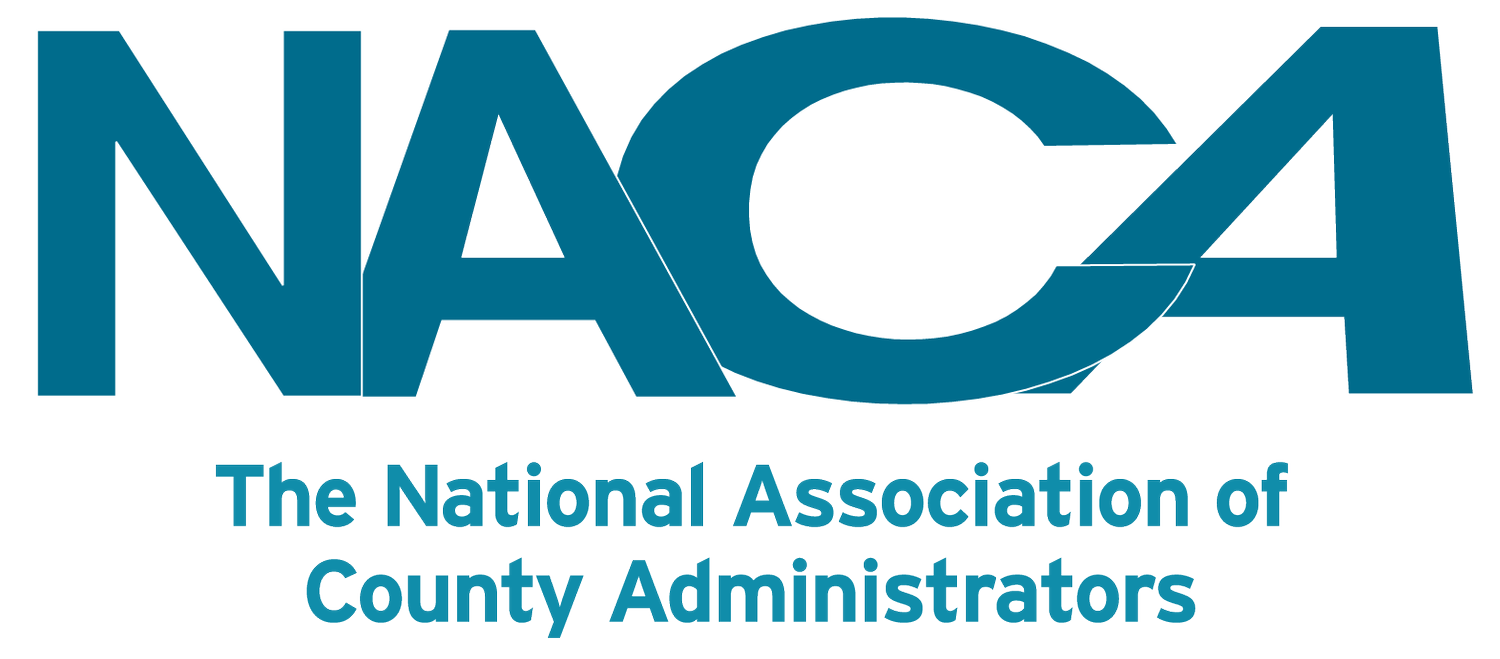Legislative Analysis for Counties: The Fiscal Responsibility Act of 2023
After several rounds of negotiations, the White House and House Republican Leadership reached an agreement to address the debt limit and cap spending. The deal, titled the Fiscal Responsibility Act of 2023 (FRA) (H.R. 3746), would suspend the debt ceiling through January 1, 2025, effectively increasing the amount of money that the federal government can borrow to fund federal programs. On January 19, 2023, the U.S. Department of the Treasury announced that the federal government had hit its $34.1 trillion debt limit. This agreement comes less than a week ahead of the deadline after which the federal government would no longer have the capacity to pay its obligations.
After quickly passing the House, the legislation passed the Senate by a vote of 63-36 on June 1, ensuring the federal government will not run out of money to pay its bills on Monday, June 5, the day the government would default on its debt.
The nonpartisan Congressional Budget Office (CBO) released its assessment of the bill’s impact on federal debt and deficits. CBO estimated that if the legislation were enacted, budget deficits would be reduced by about $1.5 trillion over the next decade and interest on the public debt would be reduced by an estimated $188 billion.
NACo applauds our federal partners for reaching a bipartisan agreement to raise the federal debt ceiling. While this is a significant move that will provide much-needed certainty to counties, there are a handful of provisions of relevance to local leaders including spending cuts, permitting reform, implementing new work requirements for certain federal public assistance programs and reinstating federal student loan payments.
A comprehensive analysis of the Fiscal Responsibility Act and its impact on county governments can be found link below!
Key County Highlights of the Debt Proposal
DOES NOT rescind State and Local Fiscal Recovery Fund (SLFRF) dollars, including the $65.1 billion provided directly to counties, or Local Assistance and Tribal Consistency (LATCF) dollars
Caps non-defense discretionary spending for Fiscal Year (FY) 2024 at roughly $704 billion, followed by a 1 percent increase in discretionary spending in FY 2025
Includes new administrative requirements and eligibility restrictions while also expanding exemptions for homeless individuals, veterans and youth aging out of foster care to federal food assistance and cash benefit programs
Reforms the permitting process for federally funded infrastructure projects, including shortened review timelines and limited page numbers for environmental review documents
Clawbacks for unobligated federal funding appropriated in response to the COVID-19 pandemic
Cuts to the Internal Revenue Service (IRS) budget increases enacted in the Inflation Reduction Act (IRA)
Reinstates federal student loan payments on defaulted loans by August 29, 2023.

